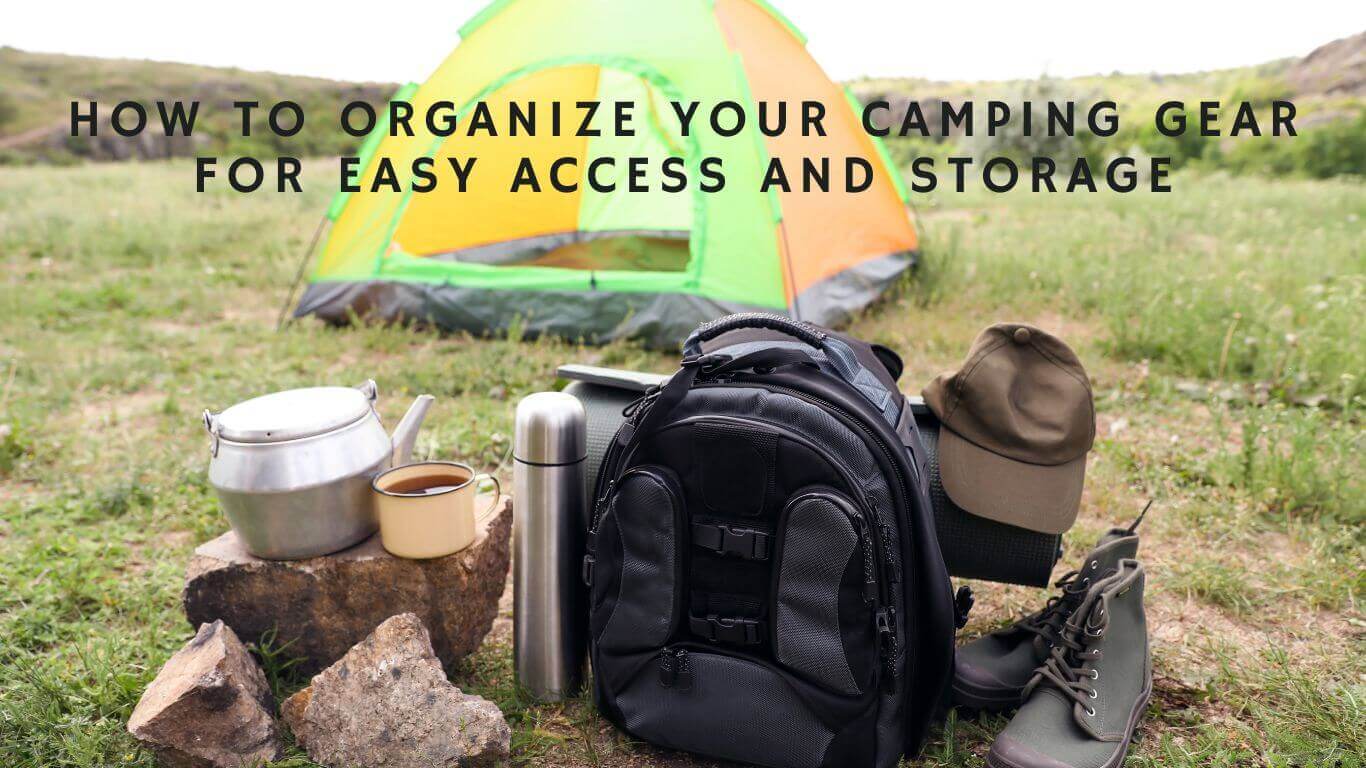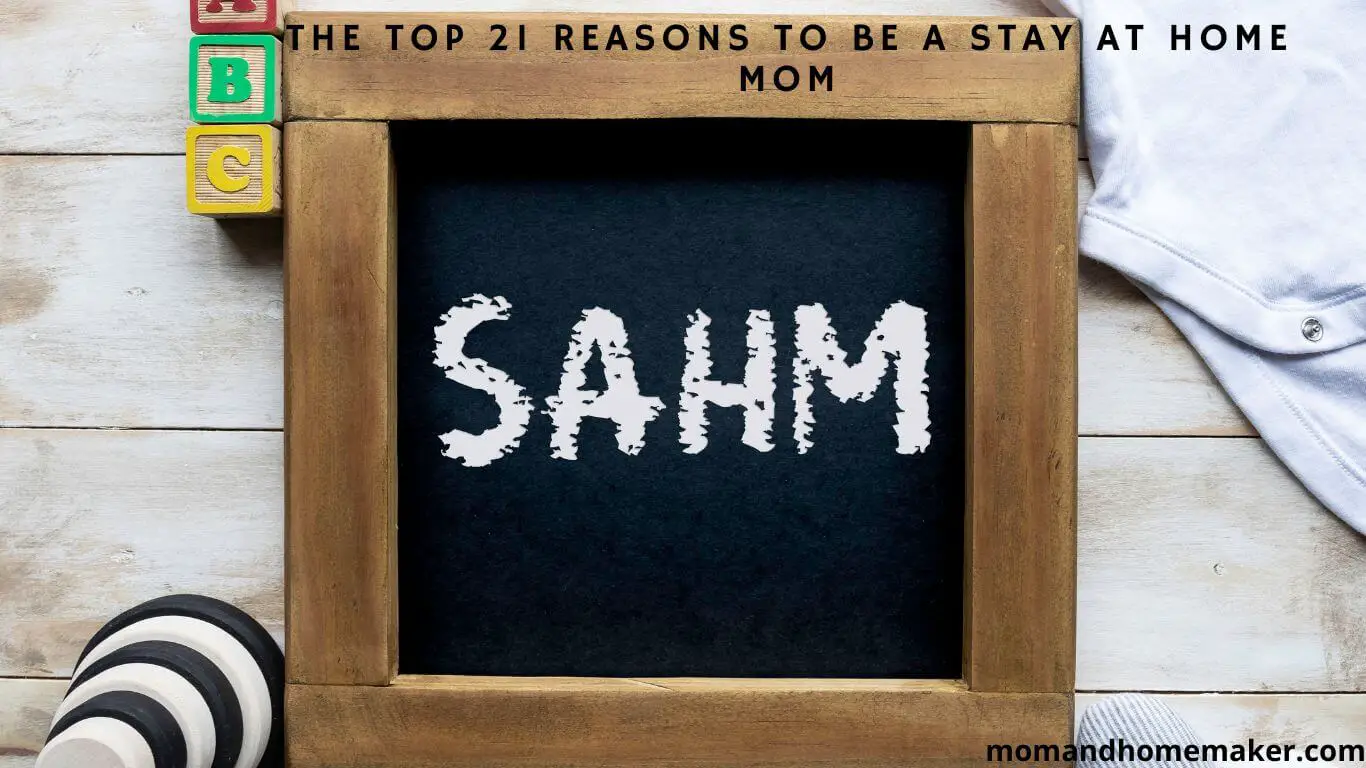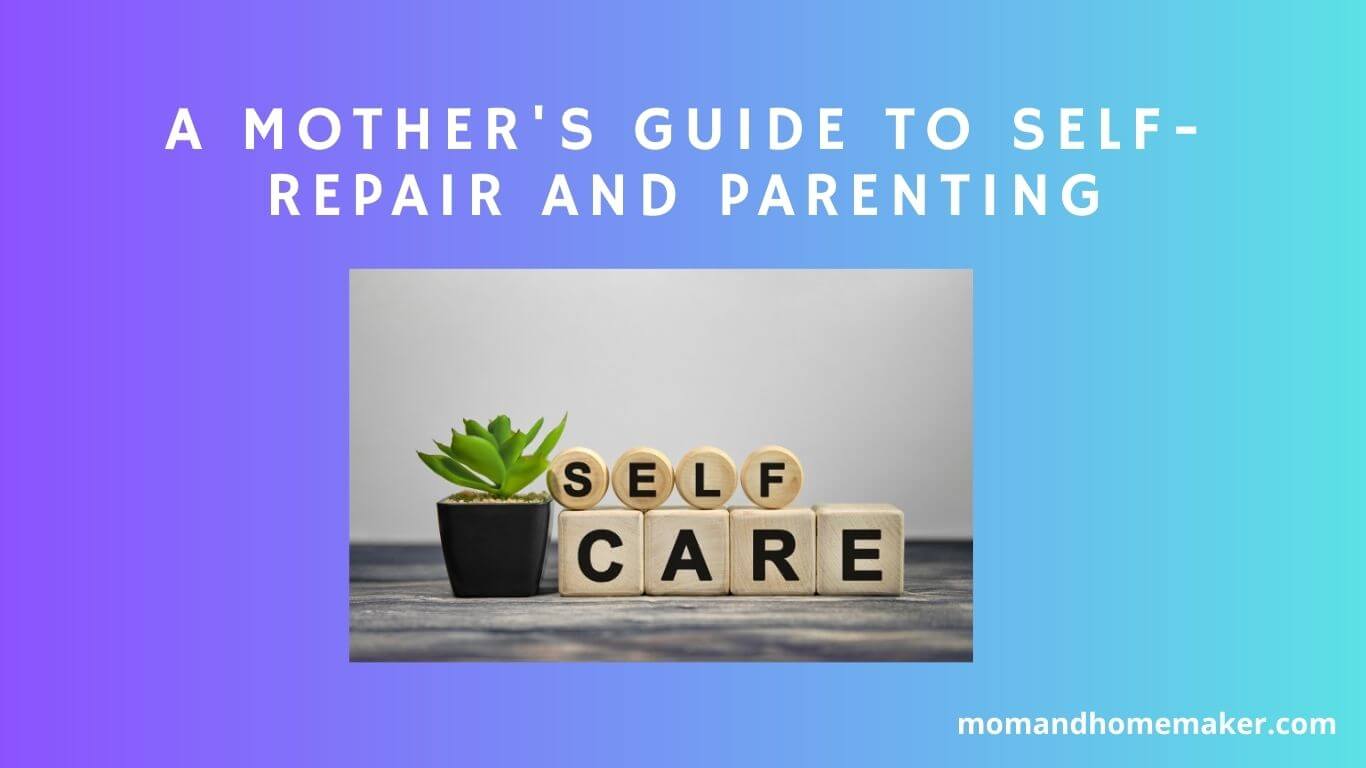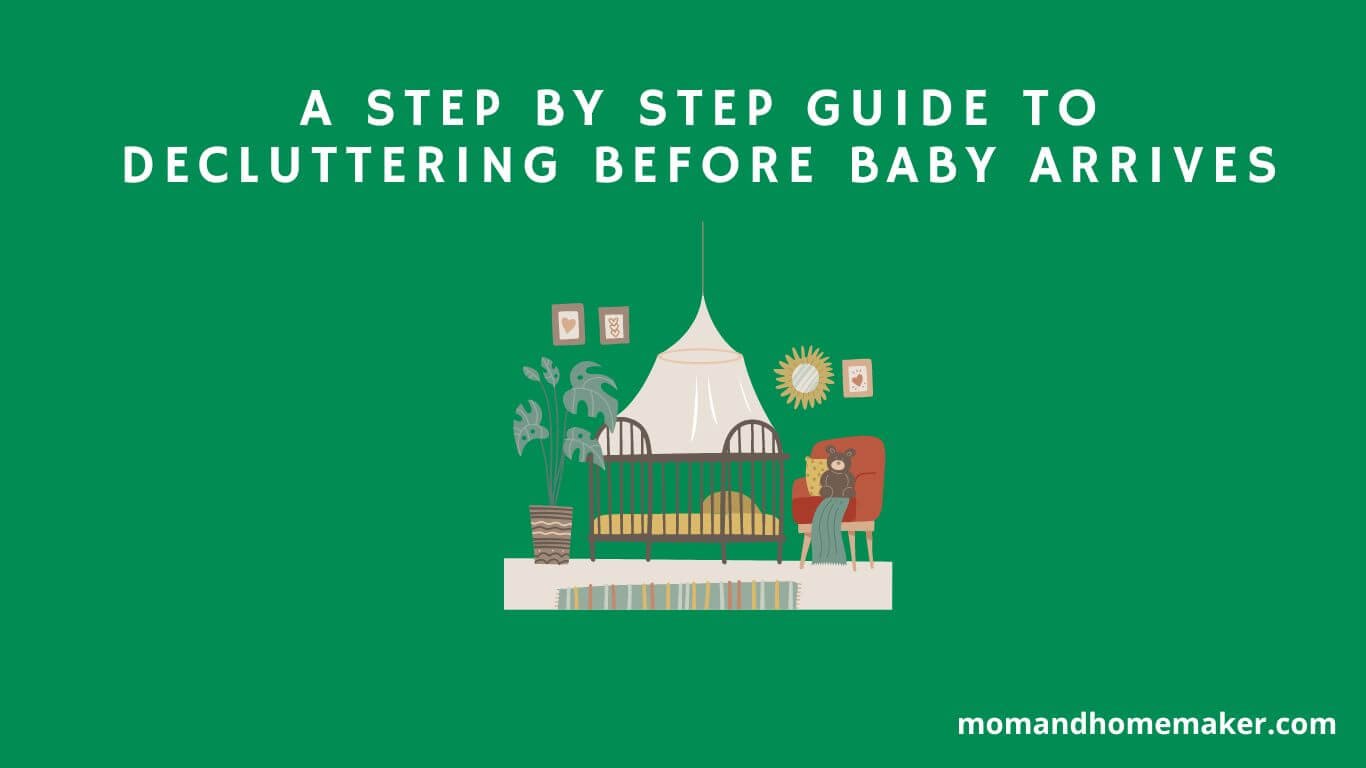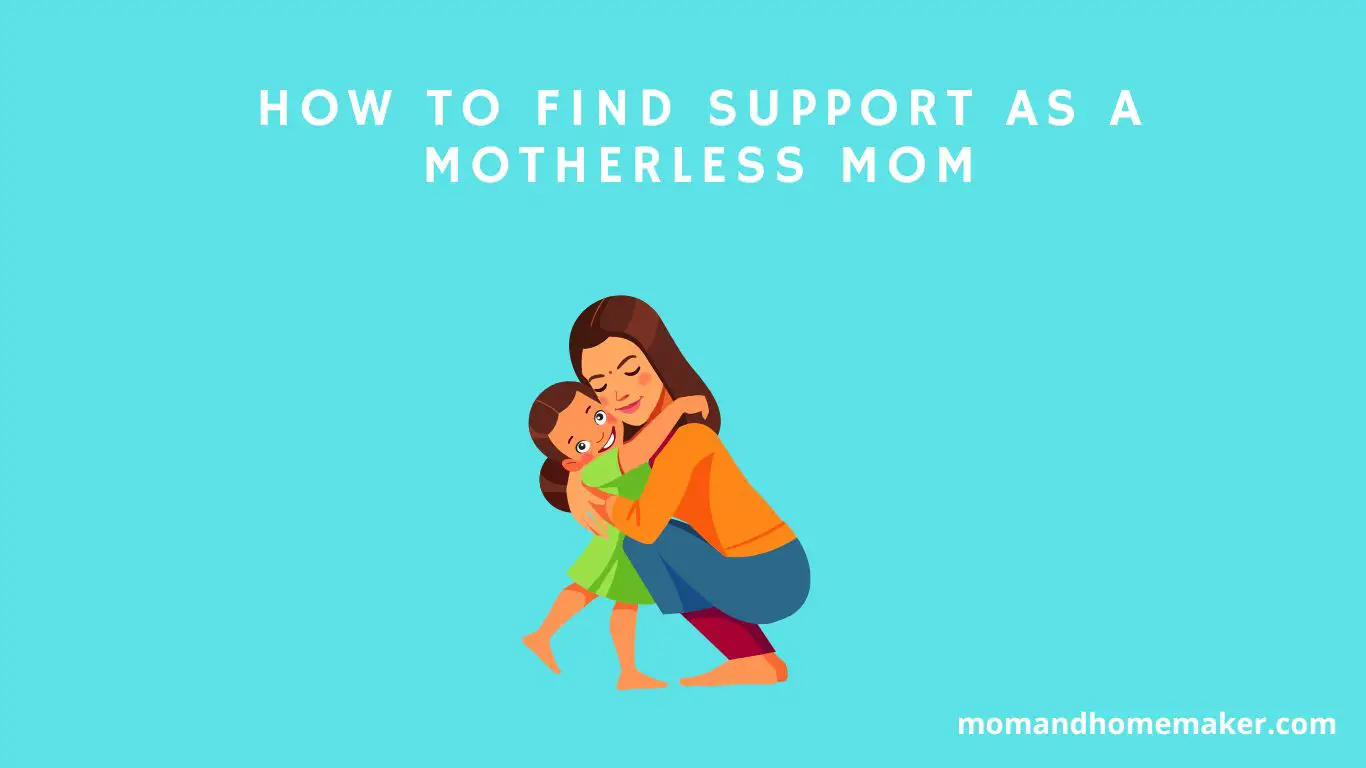Picture this: You’re standing in front of your garage or closet door, staring at an overwhelming jumble of tents, sleeping bags, cookware, and God-knows-what-else. The thought of organizing it all seems as daunting as climbing Mount Everest without oxygen tanks. But don’t fret.
With a few simple tricks and some creative thinking, you can transform that chaotic mess into a perfectly organized haven for all your camping essentials. Say goodbye to lost gear and wasted time searching for that elusive headlamp – it’s time to conquer the wild with an organizational game plan like no other.
Table of Contents
Key Takeaways
- Assess and categorize gear based on condition, damage, and wear and tear
- Prioritize items based on weight, bulkiness, and frequency of use
- Utilize storage containers and labeling for easy identification and organization
- Maximize space in your vehicle by assessing size, using collapsible storage, and installing roof racks or cargo carriers
Assessing Your Gear
Before you begin organizing, make sure you’ve assessed all of your gear. Assessing your gear is an essential step in ensuring that you have everything you need and that your equipment is in good condition.
Start by evaluating the condition of each item. Check for any signs of damage or wear and tear. Repair or replace any items that are damaged or no longer functional.
Next, identify any missing items. Make a list of the essential gear you need for your camping trip and check if you have everything on the list. If you’re missing any items, make a note of them and plan to acquire them before your trip.
Once you have evaluated the condition and checked for missing items, it’s time to determine the weight and bulkiness of your gear. Consider the weight limit of your backpack or storage space and prioritize the items accordingly. Start with the heaviest and bulkiest items and then move on to the lighter ones. This will help you distribute the weight evenly and make it easier to carry or store your gear.
Assessing your gear is crucial for a successful camping experience. By evaluating the condition, identifying missing items, and prioritizing based on weight and bulkiness, you can ensure that you have everything you need and that your gear is organized and accessible for your adventure.
Categorizing Essentials
Once you’ve figured out the categories, it’s important to sort your essentials accordingly for quick retrieval and efficient packing. Categorizing your camping gear will not only save you time but also ensure that you have everything you need at your fingertips.
When it comes to food, separate it into different categories to make meal planning easier. Here are five essential categories to consider:
- Non-perishable items: This includes canned goods, dried fruits, nuts, and snacks that can withstand long periods without refrigeration.
- Fresh produce: Group together fruits and vegetables that need to be consumed sooner rather than later. Keep them in a separate cooler to maintain freshness.
- Cooking essentials: Gather your pots, pans, utensils, and spices in one place. This will make setting up your camp kitchen a breeze.
- Personal items: Create a dedicated bag for toiletries, medications, and personal hygiene products. Having them all in one place will save you from rummaging through different bags.
- Entertainment: Don’t forget to organize your camping activities, such as books, games, and outdoor equipment like fishing gear or hiking maps.
Sorting by Frequency of Use
To make finding your essentials quick and easy, sort them based on how often you’ll need to use them. This method of organizing will save you time and effort when you’re out in the wilderness.
Start by assessing the durability of your gear. Items that are more susceptible to wear and tear, such as rain jackets or hiking boots, should be placed in a separate category for easy access. This way, you can quickly grab them when needed without rummaging through your entire gear collection.
Next, consider organizing your gear based on weather conditions. Group together items that are specifically designed for different types of weather. For example, keep your warm clothing, such as thermal layers and insulated jackets, in one area, and your lightweight, breathable clothing for hot weather in another. This will help you easily locate the appropriate gear for the current climate without any hassle.
When sorting your essentials, keep in mind that you want to prioritize accessibility and convenience. Keep frequently used items, like a flashlight or a multi-tool, within easy reach. Place them in pockets or compartments that are easily accessible without having to dig through your bag. On the other hand, items that you rarely use can be stored in less accessible areas to maximize space and efficiency.
Utilizing Storage Containers
Don’t forget to utilize containers for better organization of your camping essentials. When it comes to packing for a camping trip, having storage solutions in place can make all the difference. Here are some packing hacks to help you optimize your space and keep everything in order:
- Choose the right containers: Look for sturdy, waterproof containers that are the right size for your gear. Clear bins are especially helpful, as they allow you to see what’s inside without having to open each one.
- Categorize your items: Sort your gear into categories such as cooking supplies, sleeping gear, clothing, and toiletries. This will make it easier to locate specific items when you need them.
- Label everything: Use waterproof labels or a permanent marker to clearly label each container. This will save you time and frustration when searching for specific items.
- Use smaller containers inside larger ones: To maximize space and keep smaller items organized, use smaller containers or Ziploc bags within larger ones. This prevents items from getting lost or jumbled together.
- Create a system: Develop a system for how you pack and stack your containers. For example, you could stack them by category or by frequency of use. This will help you quickly locate what you need and keep your campsite tidy.
Maximizing Space in Your Vehicle
Maximizing space in your vehicle can be achieved by strategically packing and utilizing storage containers. When it comes to organizing camping gear in small spaces, it’s important to make the most of every inch available.
Start by assessing the size and shape of your vehicle’s trunk or cargo area. Consider investing in collapsible storage containers or bags that can expand or shrink as needed. These are great for storing clothing, cooking utensils, and other smaller items. Utilize the space beneath the seats by using flat storage bins or vacuum-sealed bags for items like sleeping bags or blankets.
Another tip is to utilize the roof of your vehicle by installing a roof rack or cargo carrier. This allows you to store bulkier items such as tents, chairs, or coolers. Just make sure everything is properly secured to prevent any accidents while on the road.
In addition to storage containers, consider using organization accessories such as carabiners, bungee cords, or mesh nets. These can help keep items in place, preventing them from shifting during transit.
Lastly, be mindful of weight distribution. Place heavier items towards the bottom and closer to the vehicle’s center of gravity to maintain stability. This will make your journey safer and more comfortable.
Packing Efficiently for Hiking and Backpacking
When hiking or backpacking, it’s important to pack efficiently by prioritizing lightweight and compact gear. Here are some efficient packing techniques and lightweight gear options to help you make the most of your outdoor adventures:
- Use compression sacks: These handy sacks allow you to compress your clothing and sleeping bag, saving valuable space in your backpack.
- Opt for lightweight and compact cooking gear: Look for portable stoves, cookware, and utensils that are specifically designed for backpacking. They are lightweight and take up minimal space.
- Choose multi-purpose items: Invest in gear that serves multiple functions, such as a sleeping pad that doubles as a chair or a headlamp with a built-in compass.
- Pack items inside each other: Utilize the empty space inside your pots, pans, and water bottles by stuffing smaller items like spices, matches, and first aid supplies inside them.
- Consider ultralight options: Look for gear made from lightweight materials like titanium or carbon fiber. These materials are strong and durable while significantly reducing weight.
By following these efficient packing techniques and opting for lightweight gear options, you can ensure a more enjoyable and comfortable hiking or backpacking experience.
Remember to prioritize functionality and practicality when selecting your gear, so you can serve yourself and others more effectively in the great outdoors.
Organizing Cooking Equipment
It’s important to prioritize organization and accessibility when packing and using cooking equipment for camping trips. Properly organizing your campfire equipment and storing your camping utensils will not only make meal preparation easier but also ensure that you have everything you need at your fingertips.
To keep your campfire equipment organized, consider using a dedicated storage container or bag. This will help you keep all your cooking tools in one place, making it easier to find what you need when setting up your camp kitchen. Additionally, use dividers or compartments within the container to separate items such as spatulas, tongs, and knives, preventing them from getting tangled or damaged.
When it comes to storing your camping utensils, opt for collapsible or compact options. This will save space in your backpack or storage container. Consider using utensil sets that come with their own carrying case or foldable design. This way, you can easily find and store your utensils without taking up too much space.
Remember to clean and dry your cooking equipment thoroughly before storing it. This will prevent rust and ensure that your utensils are ready for the next camping adventure.
Managing Clothing and Bedding
Now that you’ve learned how to organize your cooking equipment, let’s move on to managing your clothing and bedding for your camping trip. Properly storing and accessing these items will contribute to a more enjoyable and comfortable experience in the great outdoors.
To help you with managing your clothing and bedding, here are some tips:
- Separate clean and dirty clothes: Use separate bags or compartments to keep your clean clothes separate from the dirty ones. This will prevent any unwanted odors or messes.
- Roll your clothes: Instead of folding your clothes, try rolling them up. This not only saves space but also reduces wrinkles.
- Pack weather-appropriate clothing: Depending on the weather forecast, pack clothing suitable for the conditions you will be camping in. Layering is key to staying comfortable in varying temperatures.
- Store bedding in vacuum bags: Utilize vacuum bags to compress your sleeping bags and blankets. This will save space and keep them clean and dry.
- Consider campfire safety when choosing clothing: Avoid wearing loose or flammable clothing near the campfire. Opt for fire-resistant materials and ensure your clothing doesn’t have any loose strings that could catch fire.
When it comes to storing camping chairs, it’s best to fold them up and stack them neatly. You can place them in a designated storage bag or secure them with bungee cords to keep them in place during transportation. Make sure to clean off any dirt or debris before storing them to keep them in good condition.
Storing and Accessing Food
To keep your food fresh and easily accessible during your camping trip, consider using airtight containers or resealable bags. Storing perishables in these containers will help prevent spoilage and keep your meals safe to consume. When packing your food, it’s important to place them in separate containers or bags to prevent cross-contamination and ensure easy access to specific items.
Resealable bags are particularly useful for storing snacks, fruits, and vegetables. They are lightweight and take up less space in your camping gear. Plus, they can be easily resealed, keeping your food fresh for longer periods.
Airtight containers, on the other hand, are great for storing leftovers, sandwiches, or any other items that require more protection. They are sturdy, easy to clean, and can withstand rough handling.
In addition to keeping your food fresh, using airtight containers and resealable bags can also help prevent wildlife encounters. Animals are attracted to the smell of food, and improper storage can lead to unwanted visitors at your campsite. By using airtight containers, you minimize the scent and reduce the chances of animals being lured in. Remember to store your food away from your sleeping area and hang it from a tree if possible, to keep it out of reach of curious critters.
By following these tips and using airtight containers or resealable bags, you can ensure that your food stays fresh and easily accessible during your camping trip, while also preventing wildlife encounters.
Happy camping!
Securing and Organizing Tools and Accessories
When securing and organizing your tools and accessories for camping, make sure to pack them in a designated container or bag for easy retrieval and to prevent damage.
Here are five essential tips to help you secure and organize your camping gear effectively:
- Invest in a sturdy toolbox: A durable toolbox will keep your tools protected from the elements and prevent them from getting lost or damaged during transport.
- Use bungee cords or straps to secure tents: Secure your tents to prevent them from coming loose while driving. This will ensure that your tents remain intact and ready for use when you arrive at your campsite.
- Utilize storage bins for smaller accessories: Use storage bins to keep smaller items, such as camping stove accessories, cooking utensils, and matches, organized and easily accessible. Label each bin for quick identification.
- Organize lighting equipment in a separate bag: Keep your lanterns, flashlights, and extra batteries in a designated bag. This will make it convenient for you to find and use them when needed, especially during nighttime activities.
- Consider using hanging organizers for easy access: Hang organizers inside your tent or RV to store frequently used items like bug spray, sunscreen, and toiletries. This will keep these essentials within reach and save space in your living area.
Managing Hygiene and Personal Care Items
Make sure you pack your hygiene and personal care items separately to keep them clean and easily accessible during your camping trip. When it comes to managing waste disposal, it’s important to be mindful of the environment and follow proper guidelines. Use biodegradable toiletries whenever possible and dispose of them in designated waste bins or bury them in a cathole at least 200 feet away from any water source. Remember to bring ample toilet paper and hand sanitizer to maintain hygiene while using the restroom facilities provided at the campsite.
Handling first aid is crucial for a safe and enjoyable camping experience. Pack a well-stocked first aid kit that includes essentials such as band-aids, antiseptic wipes, gauze pads, and adhesive tape. Familiarize yourself with basic first aid procedures and make sure someone in your group is trained in CPR and emergency response. Keep the first aid kit easily accessible in case of any injuries or emergencies.
Organizing Electronics and Entertainment
Don’t forget to pack your electronic devices and entertainment options for a fun-filled camping trip. While camping is a great way to disconnect from technology and enjoy nature, having some electronic devices and entertainment options can enhance your experience.
Here are some tips on how to organize and store them effectively:
- Invest in a waterproof case: Protect your electronic devices from water damage by investing in a waterproof case. This will ensure that your devices stay safe, even if it starts raining unexpectedly.
- Use ziplock bags: Keep your cables, chargers, and small electronic accessories organized by using ziplock bags. Label them accordingly to easily find what you need.
- Pack a power bank: A power bank is essential for charging your devices when you’re away from electricity. Make sure to fully charge it before your trip and keep it in a secure and easily accessible place.
- Organize your books: If you enjoy reading while camping, organize your books in a small backpack or a waterproof bag. This way, you can easily carry them around and protect them from getting wet or damaged.
- Store board games in a plastic container: Board games are a great way to entertain yourself and your fellow campers during downtime. Store them in a plastic container to keep all the pieces together and prevent them from getting lost.
Creating a System for Tent and Sleeping Gear
Having a designated spot for your tent and sleeping gear can help keep your camping area clean and organized. When it comes to tent maintenance, it’s important to properly store and care for your tent to ensure its longevity.
After each camping trip, make sure to thoroughly clean and dry your tent before storing it. This will help prevent mold and mildew from forming and keep your tent in good condition. Store your tent in a cool, dry place, away from direct sunlight and pests. It’s also a good idea to store your tent in a breathable bag or container to allow air circulation and prevent moisture buildup.
When it comes to sleeping bag storage, it’s best to store it uncompressed to maintain its loft and insulation properties. After each use, make sure to air out your sleeping bag to remove any moisture and odors. Before storing it, give your sleeping bag a gentle shake to fluff up the insulation. You can store your sleeping bag in a large cotton storage sack or hang it in a cool, dry place. Avoid storing your sleeping bag in a stuff sack for long periods of time, as it can compress the insulation and reduce its effectiveness.
Managing Campsite Setup and Cleanup
Setting up and cleaning up your campsite is an important aspect of a successful camping trip. By following proper campsite etiquette and practicing fire safety, you can ensure a pleasant experience for yourself and others. Here are some tips to help you with this process:
- Before setting up your campsite, choose a suitable location away from sensitive areas like water sources or vegetation. This helps minimize your impact on the environment.
- When setting up your tent, make sure to secure it properly using stakes or guy lines. This prevents it from collapsing during strong winds and ensures a good night’s sleep.
- Keep your campsite clean and organized by packing away any trash in designated garbage bags. This helps maintain a clean and inviting environment for everyone.
- Practice fire safety by using designated fire rings or pits for campfires. Always keep a bucket of water or a fire extinguisher nearby in case of emergencies.
- Finally, when it’s time to leave, make sure to thoroughly clean your campsite. Leave no trace behind by properly disposing of any waste and extinguishing your campfire completely.
Maintaining and Cleaning Your Gear
Make sure you regularly clean and maintain your camping equipment to ensure its longevity and optimal performance. Cleaning gear and maintaining equipment is essential for a successful camping trip. Neglecting to clean your gear can lead to the buildup of dirt, grime, and even mold, which can affect its functionality and lifespan.
Here are some practical tips to help you keep your camping equipment in top shape.
Firstly, always follow the manufacturer’s instructions for cleaning each specific piece of gear. Different materials and constructions may require different cleaning methods. For example, tents should be cleaned using mild soap and water, while sleeping bags may need to be machine-washed on a gentle cycle.
Secondly, make sure to dry your gear thoroughly before storing it. This will prevent the growth of mold and mildew. Hang your tent and sleeping bags in a well-ventilated area, and use a fan or open windows to aid in the drying process.
Lastly, regularly inspect your gear for any signs of damage. Check for tears, loose seams, or broken zippers. Repair any issues promptly to prevent further damage.
Conclusion
Organizing your camping gear is not only a smart move for easy access and storage, but it can also enhance your overall camping experience. By implementing these simple tips, you can save time and frustration when searching for specific items or packing up at the end of your trip. Remember to prioritize convenience and functionality when selecting storage solutions, and don’t be afraid to get creative with repurposing household items.
With a well-organized gear system in place, you’ll be able to focus more on enjoying the great outdoors and creating lasting memories with friends and family. So why wait? Start decluttering and organizing your camping gear today!

